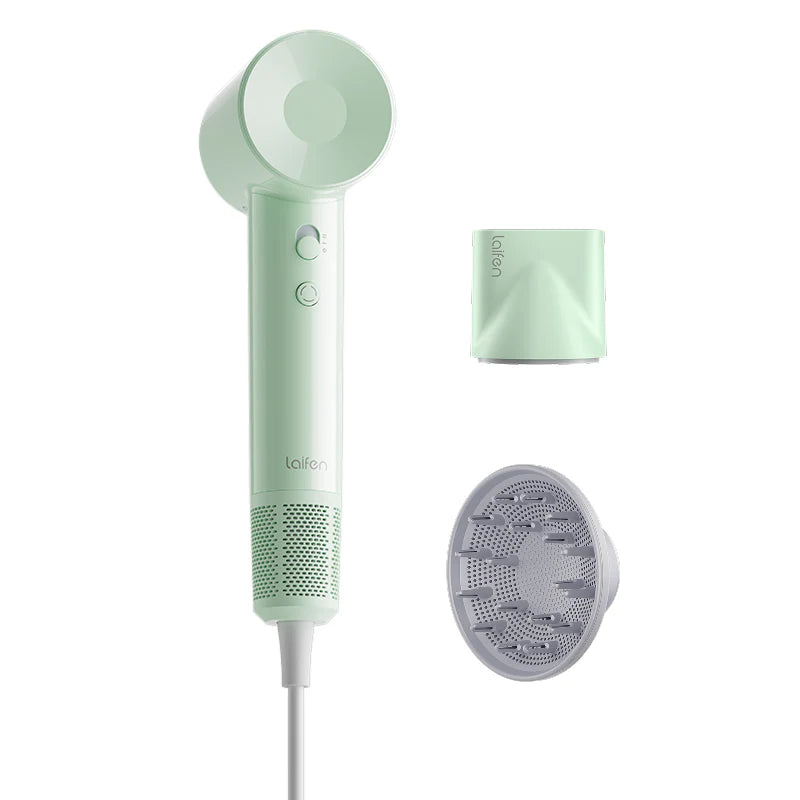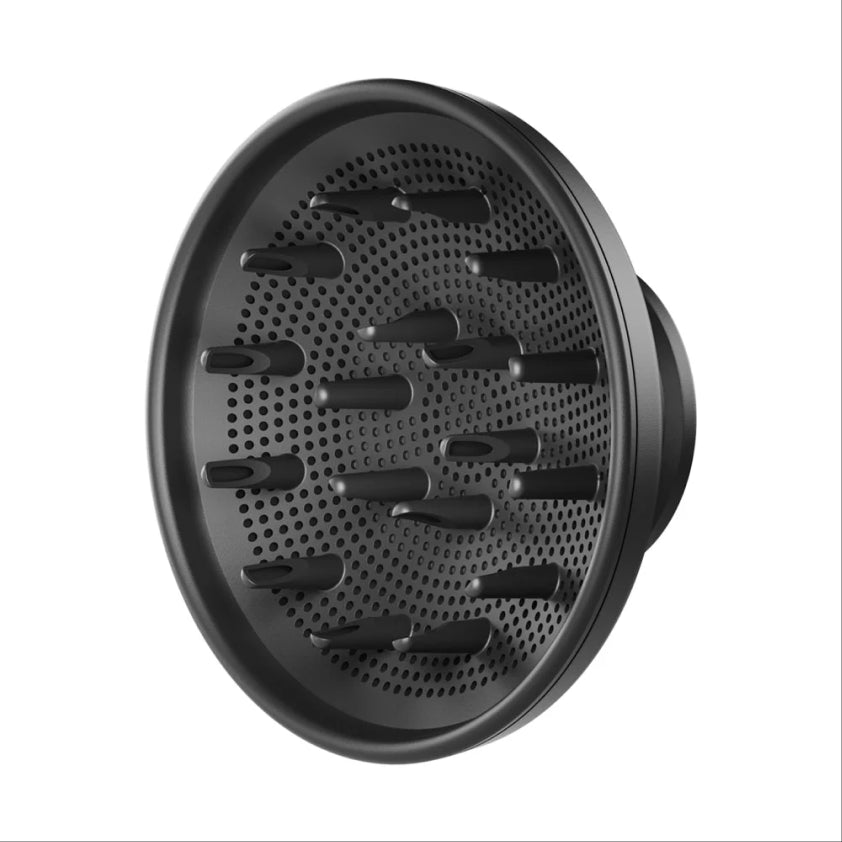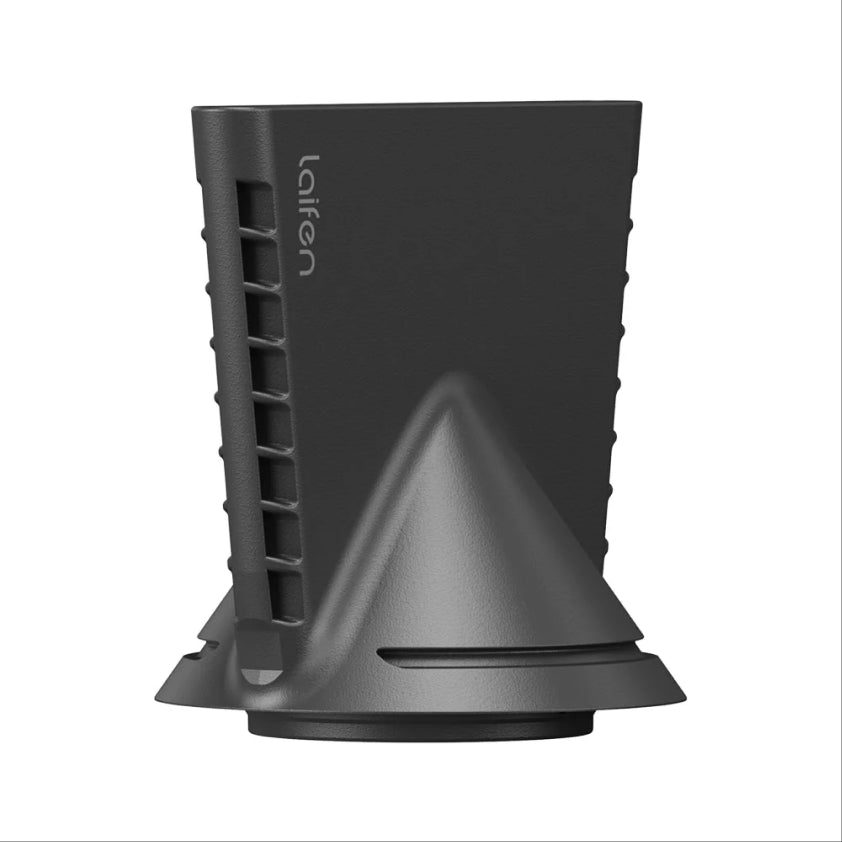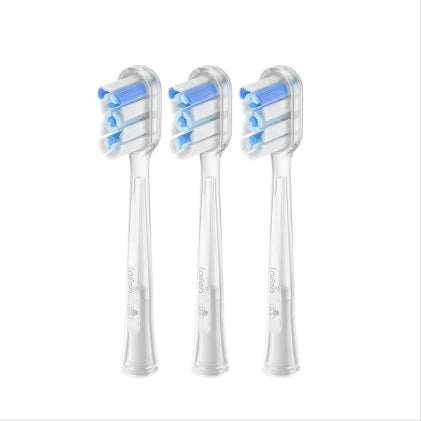
In this article
- Comprendre les dommages capillaires
- Qu’est-ce qui fait un masque capillaire efficace ?
- Masques capillaires faits maison ou achetés en magasin
- Masques capillaires les plus recommandés pour les cheveux abîmés
- Comment appliquer les masques capillaires pour en tirer le maximum de bénéfices
- Erreurs courantes à éviter avec les masques capillaires
- Signes que votre masque capillaire fonctionne
Vos cheveux réclament de l'aide ? Vous n'êtes pas seule si vous avez des cheveux secs et cassants qui semblent irréparables. Les cheveux abîmés ont souvent besoin de plus qu'un simple soin, qu'il s'agisse de dommages causés par un coiffage à chaud excessif, des traitements chimiques comme les teintures capillaires classiques ou le stress environnemental. C'est là qu'interviennent les masques capillaires. Lisez la suite pour découvrir quelques conseils pratiques.
Comprendre les dommages capillaires
Mais avant de plonger dans les solutions, essayons de comprendre ce qui cause les cheveux secs et abîmés :
- Coiffage à chaleur excessive avec des outils de mauvaise qualité (comme ces sèche-cheveux bon marché qui donnent l'impression de frire vos cheveux plutôt que de les sécher)
- Traitements chimiques et colorations capillaires régulières
- Facteurs environnementaux (soleil, chlore, eau dure)
- Mauvaise routine de soins capillaires
- Carences nutritionnelles
- Utiliser des shampooings agressifs ou se laver trop souvent
- Coiffures serrées provoquant des cassures
Qu’est-ce qui fait un masque capillaire efficace ?
Quelques ingrédients présents dans les meilleurs masques capillaires pour cheveux abîmés traitent différents domaines de la santé des cheveux :
1. Protéines
- Kératine
- Collagène
- Protéines de soie
- Protéine de blé
Ils renforcent la structure des cheveux et préviennent également la casse.
2. Agents hydratants
- Acide hyaluronique
- Beurre de karité
- Aloe vera
- Glycérine
- Panthénol
Ils sont parfaits pour une hydratation en profondeur et pour retenir l’humidité dans les cheveux.
3. Huiles naturelles
- Huile d'Argan
- Huile de coco
- Huile de jojoba
- Huile de marula
- Huile de camélia
Ils aident en pénétrant la tige du cheveu pour une nutrition en profondeur.
Masques capillaires faits maison ou achetés en magasin
Avantages des masques capillaires faits maison
Les masques capillaires naturels peuvent être préparés directement dans votre cuisine avec des ingrédients tels que :
- Avocat et miel
- Oeuf et huile d'olive
- Huile de banane et de coco
- Yaourt grec et miel
- Gel d'aloe vera au lait de coco
- Mayonnaise et huile d'avocat
Bien que les résultats puissent varier, ces options fabuleuses peuvent fournir une nutrition immédiate sans produits chimiques agressifs.
Masques capillaires achetés en magasin
Les masques capillaires professionnels contiennent souvent :
- Principes actifs concentrés
- Composés formulés en laboratoire
- Durée de conservation plus longue
- Des résultats cohérents
- Ingrédients spécialisés pour des types de cheveux spécifiques
Masques capillaires les plus recommandés pour les cheveux abîmés
En ce qui concerne les options achetées en magasin, deux produits remarquables ont toujours donné d’excellents résultats :
Olaplex No. 3 Hair Perfector. Ce soin révolutionnaire avant-shampoing a gagné son statut culte pour une bonne raison. Il répare les liens brisés dans la structure du cheveu et les dommages causés par les traitements chimiques et le coiffage à chaud en agissant au niveau moléculaire. Ce qui le rend si unique :
- Il contient une technologie exclusive de renforcement des liaisons.
- Tous les types de cheveux peuvent l'utiliser.
- Après un ou deux traitements, des bénéfices notables sont visibles.
- Il peut être utilisé pour l'entretien une fois par semaine.
- Idéal pour les cheveux décolorés ou traités chimiquement
Masque revitalisant en profondeur Don't Despair, Repair! de Briogeo . Ce favori de la beauté propre combine la puissance des ingrédients naturels avec une formulation scientifique :
- Il contient de l'extrait d'algues, de l'huile de rose musquée et des vitamines B
- Tous les types de cheveux peuvent l'utiliser.
- Sans sulfates, parabènes et silicones
- Réduction de la casse après deux utilisations, comme le démontrent les recherches cliniques
La science derrière les traitements par masque capillaire
Comprendre le fonctionnement des masques capillaires peut vous aider à choisir le bon :
- Couche de cuticule : les masques capillaires contiennent des molécules qui scellent temporairement la couche de cuticule
- Rétention d'humidité : les humectants contenus dans les masques attirent l'humidité dans la tige capillaire
- Liaison protéique : les molécules de protéines se fixent aux zones endommagées
- Renforcement lipidique : les huiles aident à remplacer les lipides naturels perdus
Comment appliquer les masques capillaires pour en tirer le maximum de bénéfices
Suivez ces étapes pour obtenir les meilleurs résultats :
- Commencez avec des cheveux propres et humides
- Séparez soigneusement les cheveux
- Appliquer le masque de la mi-longueur jusqu'aux pointes
- Soyez plus généreux avec le produit dans les zones endommagées
- Laisser agir pendant le temps recommandé (généralement 15 à 30 minutes)
- Rincer abondamment à l'eau tiède
Conseils de pro pour de meilleurs résultats
Pour maximiser l'efficacité de votre masque capillaire, suivez ces conseils de pro et vous serez sur la bonne voie pour obtenir des résultats dignes d'un salon de coiffure à la maison. N'oubliez pas que la patience et une application correcte sont essentielles :
- Portez un bonnet de douche pendant le traitement du masque ;
- Utiliser une chaleur douce pour améliorer la pénétration
- Évitez l’utilisation excessive de masques à base de protéines
- Maintenez la cohérence dans votre plan de traitement.
- Utilisez un peigne à dents larges pour peigner.
- Ne vous endormez pas avec un masque, sauf si on vous le demande.
Créer un programme de masques capillaires
Le timing est primordial lorsqu'il s'agit de masques capillaires. Votre calendrier d'application doit varier en fonction de l'état et des besoins de vos cheveux.
Pour les cheveux très abîmés :
- Utiliser des masques intensifs 1 à 2 fois par semaine
- Alterner entre masques protéinés et hydratants
- Réduisez la fréquence à mesure que la santé des cheveux s’améliore.
Pour l'entretien :
- Appliquer les masques une fois toutes les 1 à 2 semaines
- Privilégiez les ingrédients hydratants
- Ajuster en fonction des changements saisonniers
Erreurs courantes à éviter avec les masques capillaires
Même le meilleur masque capillaire ne fonctionnera pas si vous faites ces erreurs d'application courantes. Voici ce à quoi il faut faire attention :
- Utiliser trop de produit
- Appliquer sur le cuir chevelu plutôt que sur les longueurs
- Ne pas répartir le produit uniformément
- Rinçage à l'eau chaude
- L’abus de traitements à base de protéines
- Ignorer les tests de patch pour les nouveaux produits
Prévenir : mieux vaut prévenir que guérir
Les masques capillaires sont certes des remèdes très puissants, mais la meilleure stratégie consiste probablement à prévenir les dommages en premier lieu. Considérez ces étapes comme une police d'assurance pour la santé de vos cheveux.
- Coiffez à chaud un peu et moins souvent que vous le pouvez
- Appliquer des matériaux résistants à la chaleur.
- Coupez régulièrement vos cheveux pour les garder en sécurité pendant votre sommeil.
- Utilisez des oreillers en satin ou en soie.
- Conditionnement en profondeur régulier
- Évitez autant que possible les traitements chimiques.
Signes que votre masque capillaire fonctionne
Le succès ne se voit pas du jour au lendemain, mais ces signes révélateurs indiquent que votre routine de masque capillaire fait son effet. De plus, vous pouvez toujours suivre ces améliorations pour surveiller vos progrès.
- Réduction de la casse : moins de cheveux dans votre brosse et votre évier
- Brillance accrue : les cheveux sains reflètent mieux la lumière
- Meilleure maniabilité : facilité de coiffage et moins d'emmêlement
- Moins de frisottis : une texture plus lisse et plus contrôlée
- Élasticité améliorée : les cheveux s'étirent et reviennent en forme sans se casser
- Texture plus douce : amélioration notable de la sensation des cheveux
- Couleur plus vive : les cheveux traités conservent leur brillance et leur ton plus longtemps
Quand demander l’aide d’un professionnel
Si vos cheveux ne s'améliorent pas après 6 à 8 semaines de traitements réguliers avec des masques, il est peut-être temps de penser à consulter un coiffeur professionnel ou un trichologue pour des traitements spécialisés. Ils peuvent vous recommander les traitements suivants :
- Des soins de qualité professionnelle
- Plans de soins capillaires personnalisés
- Soin revitalisant en profondeur en salon
- Traitements du cuir chevelu
- Analyse de la structure des cheveux
N'oubliez pas que la restauration des cheveux abîmés prend du temps et demande un peu de patience. Vous pouvez raviver vos cheveux et les maintenir sains et éclatants avec un masque capillaire adapté et des soins réguliers.





















